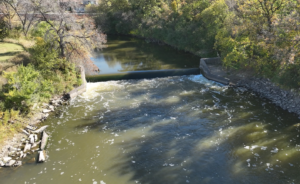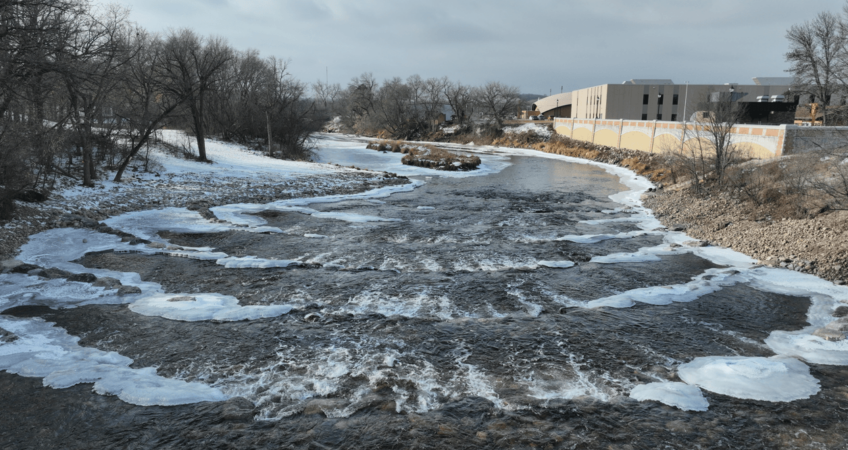Introduction: Why Dams Are Becoming a Problem
Dams have long been a cornerstone of water management, providing benefits like flood control, irrigation, and hydropower. However, as infrastructure ages and environmental priorities shift, dams are increasingly seen as problematic. From safety concerns to ecological impacts, the downsides of maintaining or building new dams are becoming harder to ignore. Aging dams, in particular, pose significant risks to surrounding communities and ecosystems, prompting cities and counties to explore alternatives that better align with modern needs.
What Are Dams?
Dams are structures built to control water flow, often forming reservoirs for water storage or energy production. Historically, they served various purposes:
- Flood Control: Reducing downstream flow velocity to prevent erosion and flooding.
- Irrigation: Supporting agriculture by storing water.
- Hydropower: Providing steady, reliable electricity.
- Water Storage: Preventing droughts by holding reserves.
While these benefits have been substantial, the growing list of challenges has led to reevaluation of their long-term viability.
The Problem with Dams
Over time, the negative impacts of dams have become more apparent. Things like Environmental Degradation where dams trap sediment, burying riverbeds where fish spawn. They disrupt the natural flow, alter water temperatures, and change water chemistry, harming aquatic ecosystems. Another similar concern is Species Decline. Migratory fish like trout face population declines due to blocked river passage. There’s also the big one of Safety Risks since dams create dangerous undertows, making rivers unsafe for boating, kayaking, and fishing. These challenges have prompted increased interest in alternatives like rock weirs, which offer a safer and more sustainable solution. And of course, the reality that Building and Maintaining Dams are Expensive and sometimes repairs to aging infrastructure outweigh their benefits.
Rock Weirs: A Safer Solution
So, what’s a possible alternative? Rock Weirs. Rock weirs are emerging as a viable alternative to traditional dams. These small, permeable structures slow water flow and release it in a controlled manner. But unlike dams, rock weirs prioritize ecological health and recreational safety while still managing water effectively.
What Are Rock Weirs?
A rock weir is a low-profile structure made of strategically placed rocks. Unlike dams, which completely control water flow, rock weirs reduce downstream erosion while maintaining natural flow patterns. A series of weirs can be installed to manage long stretches of sloping waterways, ensuring both less-disruptive water control and habitat preservation.
For a visual representation, the below images show a before and after comparison of a dam versus rock weirs. This specific example is of the Sheyenne River in Valley City, ND where Comstock Construction’s civil crew replaced an aging dam (seen in the before picture) with rock weirs in the after image. Learn more about the Valley City Little Dam Project.


Benefits of Rock Weirs Over Dams
Rock weirs offer numerous advantages over dams:
- Safety: They eliminate the drowning hazards associated with dams and provide safer environments for recreational activities like kayaking and fishing.
- Environmental Health: By maintaining natural flow patterns, rock weirs improve water quality, increase dissolved oxygen, and create habitats for fish and other aquatic species.
- Cost-Effective: Building rock weirs is often more affordable than constructing and maintaining a dam.
- Erosion Prevention: They protect riverbanks from erosion and help restore natural riparian buffers.
How to Install Rock Weirs
So, what steps do you take if you’re thinking of installing rock weirs?
- Preliminary Steps: Secure funding and contact an engineer to assess the site.
- Assessment: Conduct topographic surveys, wetland delineations, and endangered species evaluations.
- Permitting: Obtain approvals from agencies like the Department of Natural Resources, Fish and Wildlife Service, and the Army Corps of Engineers.
- Construction: Work with a civil contractor to build the weirs, ensuring careful placement of rocks to achieve the desired flow control.
- Post-Installation Monitoring: Regularly inspect the weirs to ensure they function as intended and adapt to changing river conditions.
- Enhanced Recreation: Rock weirs extend navigable waterways, allowing for better exploration and improved fishing opportunities.
Why Replace Dams with Rock Weirs?
Communities are increasingly removing dams in favor of rock weirs due to their lower environmental impact, reduced safety risks, and recreational benefits. These projects often involve significant collaboration between engineers, environmental experts, and civil contractors, ensuring that the transition is both efficient and effective.
Who to Contact for a Dam Alternative?
If you’re considering replacing a dam with a rock weir system, start by consulting a qualified engineer to assess your site. They’ll guide you through the permitting process and recommend experienced civil contractors to bring the project to life. Whether you’re focused on safety, sustainability, or recreation, rock weirs offer a forward-thinking solution for modern water management.
Sources
Rock Weirs and Flumes Can Prevent Erosion
Hydropower explained: Hydropower and the environment
Low-head dams pose public safety threat, costly to remove

